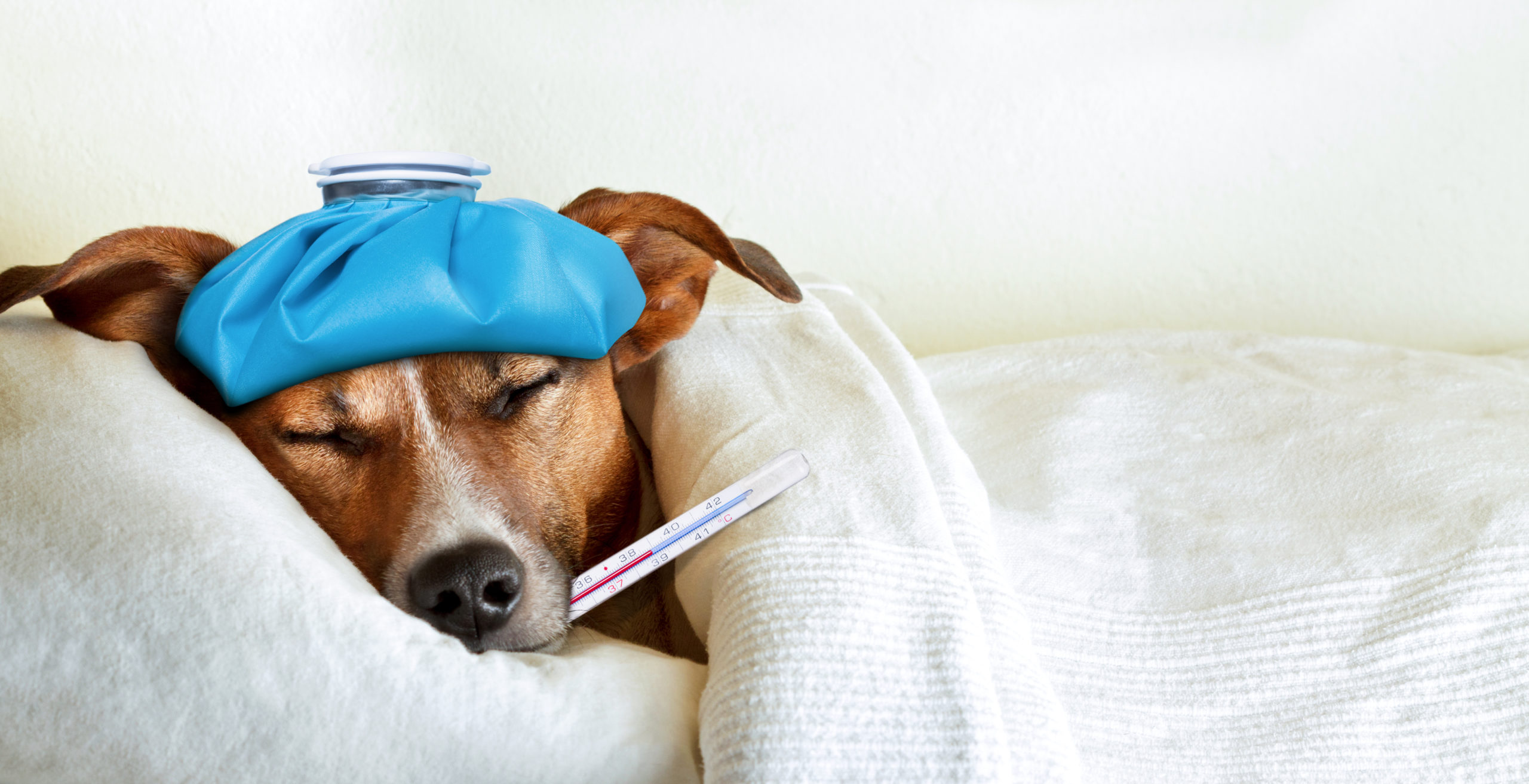
No two families look alike, as every cherished individual contributes something different to the overall joy of a household. And that’s why we love our pets!
Whether they’re old or young, cuddly or rambunctious, pets are a source of consistent companionship and love, no matter what stage of life we are in. Thus, keeping them safe and healthy remains a priority — as with any other member of the family.
So if you’ve wondered how, exactly, mold might affect your pets’ health, we’re here to shed a little less fur and a little more light on the subject:
How We Know There’s Claws For Concern
The impact mold exposure may have on pets initially came to the forefront of scientific concern in 2007, when an analysis was published regarding two cats that experienced pulmonary hemorrhages and post-operative complications both during and after medical treatment.
“One cat initially responded to supportive care but developed a second episode of spontaneous pulmonary hemorrhage approximately 30 hours later and died,” the study detailed. “The other cat responded to supportive care and was discharged after four days, but its condition deteriorated, and the cat died 10 days later.”
Later analysis of the cats revealed the specific biomarker for black mold, or Stachybotrys chartarum. Officials thereby determined that the medical complications arose as a result of mold exposure.
Approximately seven months prior to the particular veterinary trip, the home the cats lived in had reportedly been subject to severe hurricane flooding, thereby generating the ideal environment for rapid mold growth and their subsequent exposure.
How Fido Might Feel Down
Pets, like humans, may experience a variety of symptoms based on short or long-term mold exposure.
On the less severe end of the spectrum, pets may exhibit allergic reactions such as sneezing or itchiness. They may perform excessive licking, scratching, or grooming that can potentially lead to sores and/or areas of baldness.
Otherwise, according to Dogs Naturally Magazine, when inhaled, pets like dogs (and presumably cats) may experience:
- Nasal discharge
- Lethargy
- Respiratory complications
- Blood around the nose and/or mouth
- And more
Additionally, should a pet eat or otherwise ingest mold, it may cause:
- Vomiting
- Abnormal stool
- Gastrointestinal problems
- And more
If your pet begins to experience seizures or tremors, this may also be indicative of hazardous mold exposure.
Don’t Sit And Stay — Call Luce Today
No matter which of the aforementioned you notice in your pets, one thing is certain: You should always take them to your trusted veterinarian immediately to ensure they are treated as soon as possible, no matter the underlying cause of their symptoms.
What’s more, in order to keep both your pets and the rest of your family safe from mold exposure, routine assessments of your home’s indoor air quality may help you to catch and treat mold growth sooner, thereby mitigating later heartache.
That’s why Luce Air Quality — your local team of indoor environmental experts — is here to help you figure out how best to keep the entire family feline good!
Whether you’re looking for a one-time mold investigation or are ready to commit to our regular Healthy Building Check-Ups, we can help you find both rapid results and trusted solutions.
So, are you ready to learn more? Then contact us today by calling 904-803-1014!


